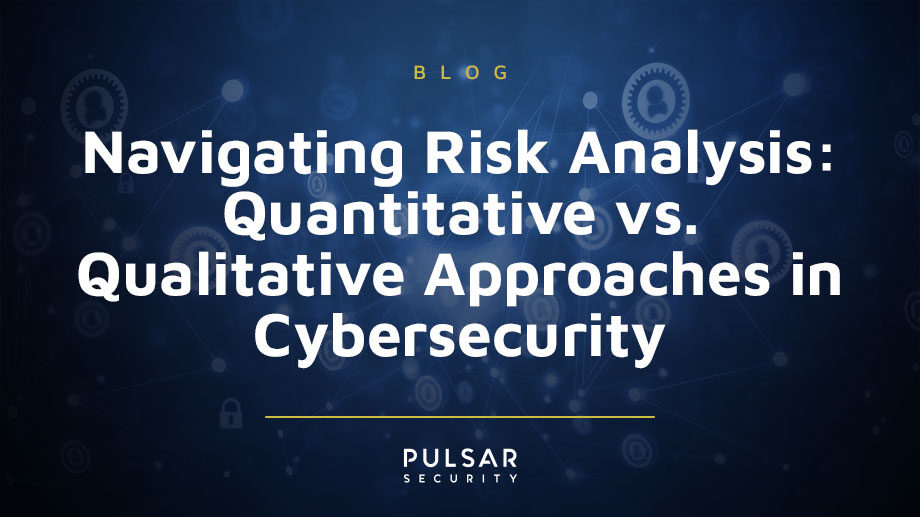Navigating Risk Analysis: Quantitative vs. Qualitative Approaches in Cybersecurity
The quantitative approach
A quantitative risk analysis is employed to assign monetary and numeric values to all elements of the risk analysis process. Each component within the analysis—including asset value, threat frequency, severity of vulnerability, impact damage, countermeasure costs, countermeasure effectiveness, uncertainty, and probability items—is quantified and incorporated into the equation to determine both total and residual risks. This quantitative approach is more objective compared to a qualitative analysis. Quantitative analysis utilizes risk calculations that aim to predict the level of monetary losses and the probability for each type of threat. In contrast, qualitative analysis relies on hypothetical scenarios and subjective opinions to rate risk criticality levels.
For those opting to perform a quantitative risk analysis, the most common equations used are Single Loss Expectancy (SLE) and Annualized Loss Expectancy (ALE). The ALE value informs the organization of the potential expense required to implement controls to protect an asset from a threat.
By collecting data through quantitative risk analysis, an organization can make informed decisions on which threats need to be prioritized based on their severity, likelihood of occurrence, and potential financial losses. This analysis also provides insight into the appropriate expenditure required to safeguard against each threat.
Subsequently, a detailed report will be presented to senior management, focusing on possible monetary losses and the necessary costs to mitigate these risks. Although the report should be comprehensive, it must also include an executive summary to enable senior management to quickly grasp the overall findings of the analysis.
The qualitative approach
Alternatively, qualitative risk analysis does not assign numeric and monetary values to components and losses. Instead, it explores various risk scenarios and ranks the seriousness of threats and the validity of possible countermeasures based on professional opinions. Qualitative analysis techniques include judgment, best practices, intuition, and experience. The risk analysis team, composed of individuals knowledgeable about the threats being evaluated, assesses each scenario's threat likelihood and potential damage based on their expertise. The team then evaluates countermeasures that could mitigate the damage from each threat, playing out scenarios for each countermeasure.
After ranking the likelihood of threats, potential losses, and the effectiveness of countermeasures, this information is compiled into a report for management. This aids in making better-informed decisions on countermeasure implementation. The benefits of qualitative analysis include fostering communication among team members to rank risks, evaluate countermeasure strengths and weaknesses, and provide management with expert opinions.
Which approach is best
Each method—quantitative or qualitative—has its advantages and disadvantages. The choice of approach depends on the risk analysis team, management preferences, available tools, and the organization's culture. The goal of either method is to estimate the organization's real risk, rank the severity of threats, and implement the correct countermeasures within a practical budget.





